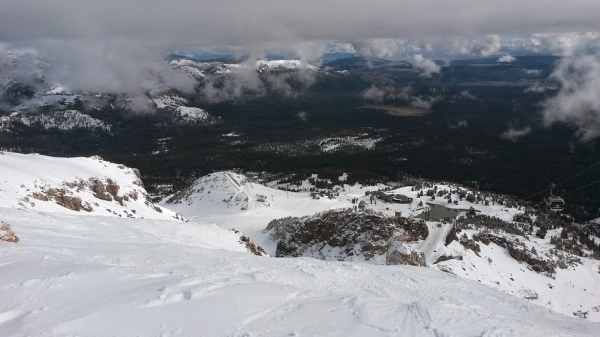Thirty years ago, on the flanks of a volcano in California’s Sierra Nevada range, trees began to die en masse, suffocated at their roots by carbon dioxide seeping up from the mountain’s depths after a swarm of small earthquakes.
The wave of tree deaths on Mammoth Mountain, which lies within one of the nation’s largest active volcanic systems, prompted scientists to start monitoring the volcano’s emissions more closely.
Now, researchers led by Stanford University geologist George Hilley have made a surprising discovery in the long-running record: The ebb and flow of carbon dioxide emissions from Mammoth Mountain are strongly linked to the weight of snow and ice atop the Sierra Nevada, and to the amount of water that percolates from ground level down into the volcano’s plumbing.
“This really shows how the solid Earth is coupled to climate and the things that go on at the surface,” said Hilley, professor of geological sciences in Stanford’s School of Earth, Energy & Environmental Sciences (Stanford Earth). “Droughts can change the way in which volcanoes breathe.”
Read more at Stanford University
Photo Credit: lgkevents via Pixabay


